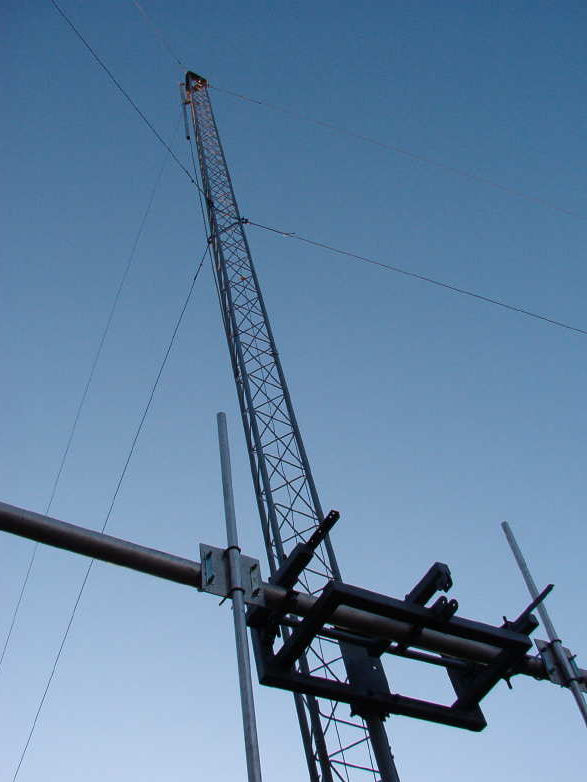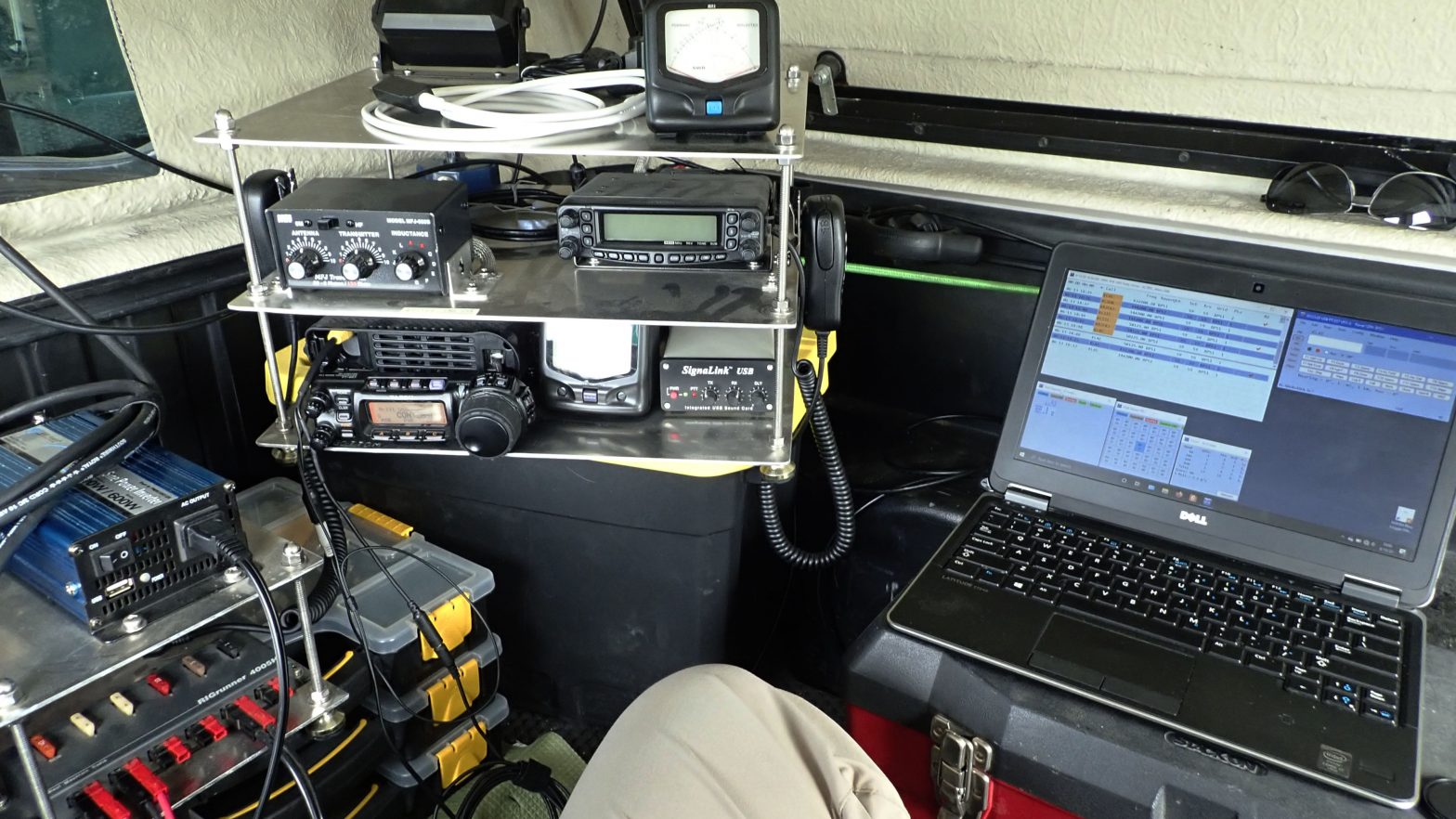What is it?
So what is weak signal operating, anyway? The name doesn’t even make sense – shouldn’t we be trying to send strong signals?
Weak signal operating is a broad term for pretty much any kind of VHF/UHF work where you start to stretch the limits of range and signal strength.
Why bother?
The complaint we often hear about VHF usually goes something like,
VHF is just for local contacts. It doesn’t propagate via the ionosphere, so you should just use the HF bands. Real hams only use HF!
Such sentiments are like saying that we shouldn’t bother using cars because they run out of gas after a certain distance. Both cars and the VHF/UHF bands are tools – if you don’t know how to use them properly then you’re going to be dissatisfied.
Advantages
There are actually many advantages to using the frequencies above 50 MHz:
- Spectrum: The amateur bands from 80 M through 10 M have a total of about 3.5 MHz available. That is NOT a lot of space to share among the entire planet.
- Moving up in frequency, the 2 M band by itself has 4 MHz available, and the 70 cm band offers 30 MHz. Ah, breathing room!
- Propagation: On the 6 M band enhanced propagation occurs regularly, if you know how to take advantage of it.
- On higher bands the lack of worldwide propagation can be an advantage, dramatically reducing interference. Again, use the right tool for the right job.
- RFI and Noise: If you have ever struggled with lightning-caused static on 80 M, broadcast radio on 40 M, or power line noise on 30 M then you understand how much interference there is on HF.
- While there is some electronics noise showing up on VHF/UHF the situation is still much quieter than on HF. Being able to take compact, high-gain antennas to remote locations reduces the noise floor even further.
- Equipment: Antennas that would require a whole football field on HF scale down to sizes you can hold in your hand on the VHF and UHF bands. The phrase for that is maximum gain!
A Different Approach
Weak signal operating does require a different approach than you used when you first started hitting repeaters.

Think about using your handheld with a repeater. The repeater is on top of a mountain, you have line of sight to it, and your conversation partner is in the same situation. It’s easy to communicate right?
But what if the repeater wasn’t there? That’s when it gets interesting!
Your handheld antenna won’t have enough gain to direct the signal where it needs to go, and those five watts won’t help you much either. Single sideband (SSB) is a lot more efficient modulation than FM, so you will need a capable radio.
But if you switch to using SSB you will instantly increase your effective signal strength by concentrating your power. Adding in low-loss coax and a high-gain antenna might allow you to aim your signal through a pass in the mountains. Diffraction will often help you even further, spreading your signal down into the low areas on the other side of the ridge.
With the right techniques you are suddenly carrying on a private conversation with good clarity on your own channel.
VHF and UHF are tools, just like HF. If you use tools for the job, or don’t use them properly, then you will be disappointed. You may even turn into one of those, “Real hams only use HF,” types.
But if you do take the time to learn how to use these tools correctly then all kinds of opportunities open up. Continue on to learn more about the bands.
